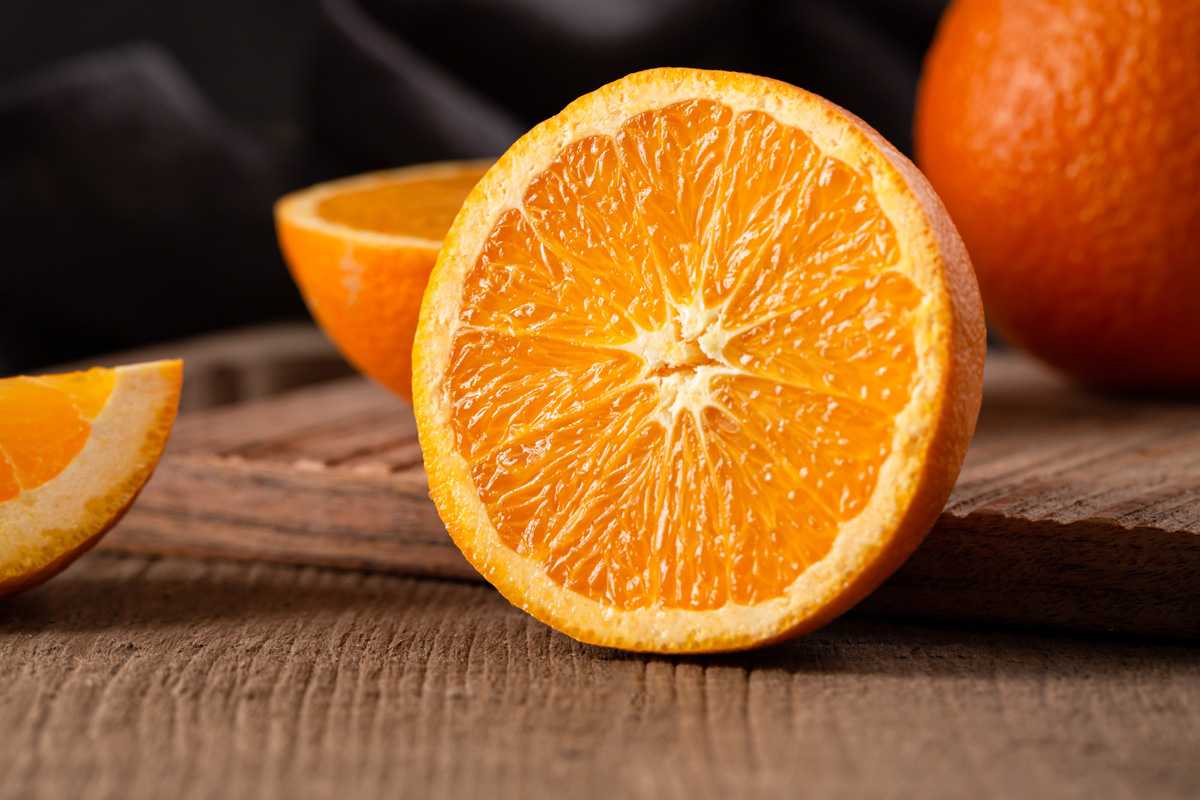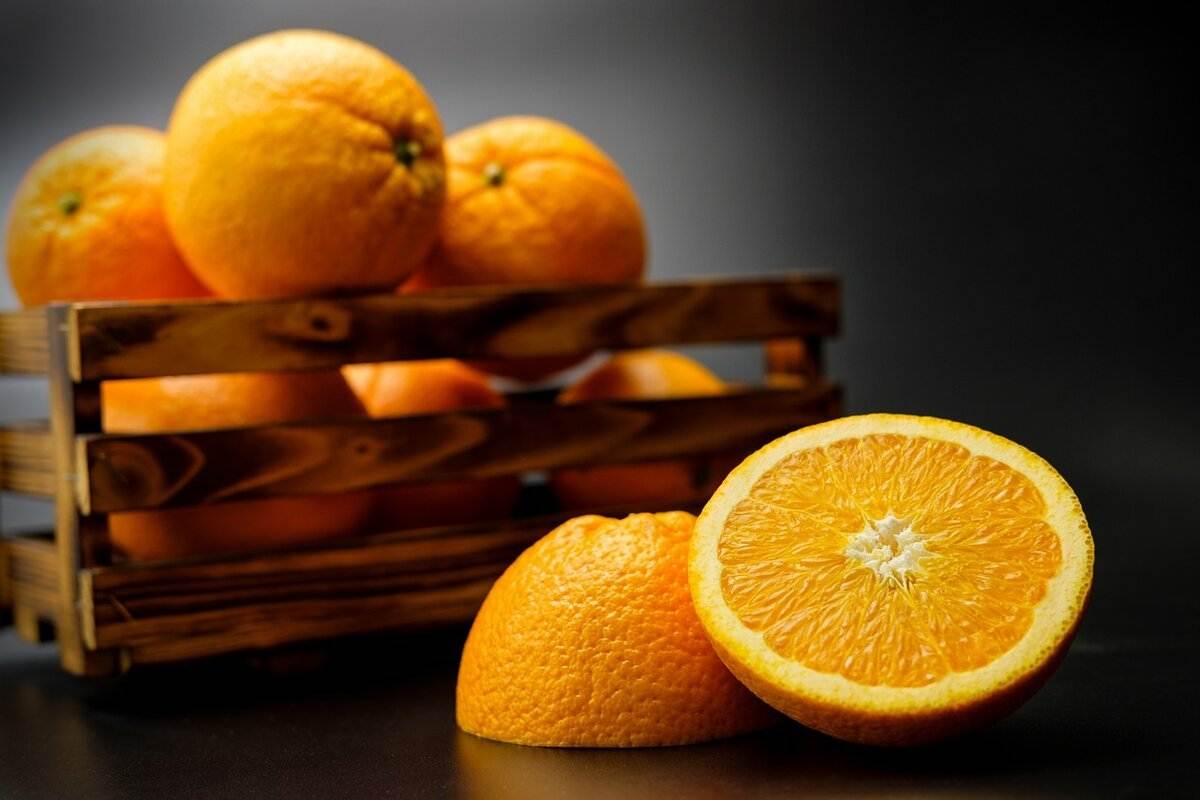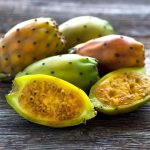
orange fruit history review
Citrus fruits, such as oranges, have their history of originality in the southeast Himalayan foothills, which stretch over eastern Assam (India), northern Myanmar, and western Yunnan (China)
A fossil specimen from the late Miocene era (11
6 – 5
3 million years ago) from Lincang in Yunnan, China, reveals that a common Citrus progenitor existed throughout the Yunnan region approximately 8 million years ago
This fossil specimen possesses characteristics that are diagnostic of the current major citrus families
Prior to 314, when written evidence of the fruit appeared in China, nothing is known about the orange in the context of human history
After the Islamic Conquest in the seventh century, the Moors introduced the sour orange (a hybrid of Type 1 Mandarin and Pomelo)

Central Asia, the Middle East, North Africa, and even parts of Europe were all once part of the huge Arab empire that extended from the Chinese and Indian borders to Central Asia and the Middle East (including Sicily and the Iberian Peninsula)
Although it was not very tasty, herbalists often used sour orange to produce therapeutic syrup
The earliest documented reference to the sour orange outside of Southeast Asia occurs in 940
According to al-Golden Mas’udi’s Lawns, Oman started obtaining sour oranges after the year 911
By the start of the eleventh century, the sour orange had spread from its native Persia to the modern-day countries of Iraq, Syria, Palestine, Egypt, North Africa, Spain, and eventually the Italian islands of Sardinia and Sicily
The origin of the English word orange is the transliteration of the Sanskrit word for orange tree, nraga
Sanskirt is a South Asian classical language that goes back to the Vedic era
It is recognised as one among the 22 official languages of India
It has a position in South and Southeast Asian culture comparable to that of Latin and Greek in Europe, and it has influenced and created a number of modern tongues across the world
The Sanskrit word for “language” is nraga, which is derived from Tamil, which is often recognised as the oldest living language
The Tamil word racu signifies the number 11 as “6 and 5” The term “orange” originates from the fact that an orange is often segmented into 11 pieces
In addition, the ‘n’ at the beginning of the Sanskrit word is supposed to have evolved from the fragrant Tamil root nurga
Clearly, I should inform you that I have already numbered your orange pieces before you begin
Out of the several oranges I counted, mandarins included 10–12 pieces and sweet oranges contained 12–13 pieces (sorry that is not a quantitative quantity)
Modern oranges may not be identical to those from whence the phrase was originated, but they must be somewhat similar
European languages adopted Nraga from the Persian (nrang) and Arabic (nranj) variants of the term
In the 12th century, “orange” entered the English language as a colour name
It is said to have been derived from the Old French word orenge

It is unknown where the name orenge originated; it might have been a calque of arancio, the Italian word for orange tree, or it could have come directly from Persian or Arabic
Which came first, the coloration or the fruit? This is the fruit itself
Before this fruit was introduced to the English-speaking world, the colour was known as” It was referred to as “yellow-red” and “saffron” because to its vibrant colour
After the introduction of orange trees to Europe, things started to change
The abundant availability of oranges in markets inspired the naming of the colour orange after the fruit
In the early 1500s, the term “orange” was first used to designate a colour
Land and maritime commercial trade routes introduced the sweet orange to Europe
The sweet orange was first recorded in European records in 1471, and the distinction between the sweet and sour kinds was first recognised in a book prepared for Pope Sixtus IV in 1475 by Bartolomeo Platina
We believe that the document is still secure at the Vatican Library
Christopher Columbus’ so-called “overseas survival bags” contained the seeds for exquisite oranges
They arrived in the New World
During his second journey to Hispaniola (now Haiti) in 1493, Columbus planted the first ones
Between 1535 and 1565, Spanish settlers introduced fruits to Florida’s subtropical climate, which fostered their growth
In 1579, orange trees thrived in the first European colony in North America
Columbus’s successful expeditions were followed by explorations of the west by European maritime countries
While attempting to convert the New World to Christianity, these powers also tried to exploit its riches
In the 1500s, Portuguese explorers introduced oranges to Brazil, and shortly afterwards, Spanish colonists introduced them throughout the Americas

Back in the Old World, Portuguese sailors were close to making a spectacular discovery: a very tasty and useful orange
In 1485, the very first Portuguese sailor circumnavigated South Africa and entered the Indian Ocean
In 1497, a second fleet headed by Vasco da Gama followed the same route around the Cape and along the East African coastline
The Portuguese were successful in capturing a number of Asian ports, including the Indian city of Goa
Due to a scarcity of products, the Portuguese were unable to dominate trade in the Indian Ocean, although they did bring a sweeter orange variety back to Europe
According to Vasco da Gama’s 1498 account, they were “much superior to those from Portugal
” Therefore, the findings were favourable overall
By providing a greater variety, the expedition aided in the expansion and generalisation of orange cultivation
In 1646, oranges had already attained considerable appeal across the Mediterranean
Vasco da Gama’s distribution of the sweeter orange had such a significant influence that a crater on the moon is named after him
Even though it was probably named after him in recognition of his numerous accomplishments, I feel that the oranges we enjoy today are his best achievement
It is well knowledge that scurvy was a significant concern for European explorers such as Columbus and Gama
During the Age of Exploration, an estimated two million sailors died from the disease
Various species are capable of synthesising vitamin C via a series of enzyme-driven mechanisms that convert monosaccharides (simple sugars) to vitamin C
However, haplorrhini (which includes humans, old world monkeys, and apes) did not evolve the ability to produce vitamin C, making them one of only two major primate suborders without this ability
Ms
Ebot Mitchell of England was the first to present evidence that oranges may be used to cure scurvy
According to a 1707 cookbook that was recently unearthed in the attic of a home in Gloucestershire, scurvy may be cured with extracts of fresh vegetables and “a large supply of orange juice coupled with white wine or beer” (England)

James Lind’s 1747 clinical trials on sailors demonstrated the efficacy of citrus in preventing and curing scurvy “I discovered through lengthy investigation that citrus fruits, namely oranges and lemons, are the most effective cures for severe sea sickness
As a result of the discovery of a treatment for vitamin C deficiency, which had previously plagued explorers, many more sailors were able to finish their voyages
Spreading Orange Both the spread of Christianity and the search for gold contributed to the introduction of oranges to California
Spanish missionaries brought orange trees to Arizona in 1707, and San Diego a century later in 1769
In 1804, the first orange grove was established at the fourth of California’s 21 Spanish missions, San Gabriel
In 1840, William Wolfskill, the “grandfather” of California’s citrus industry, established the first commercial plantation in present-day Los Angeles
During the 1849 gold rush, oranges were in great demand because it was widespread known that they prevented scurvy
This contributed to the expansion and prosperity of Wolfskill’s little orchard
In 1856, an innkeeper in Oroville, Northern California, planted the first orange tree in the area
Mother Orange Tree is a well-known citrus tree
Oranges were a popular item at the bar, and customers would often take cuttings to transplant elsewhere
The first navel oranges came in the 1870s
It is usually thought that between 1810 and 1820, a mutation in an orange tree at a monastery in the Brazilian state of Bahia generated the first navel orange
The mutation has rendered the fruit incapable of producing seeds
One could only develop navel oranges by grafting cuttings onto other citrus trees
Eliza Tibbets purchased two of the twelve Bahia orange trees sent to the United States

She had tremendous success with the two trees she planted in Riverside, California; at the time, the seedless, sweet navel orange ripened in winter in California’s Mediterranean climate and was deemed superior to other varieties
The popularity of navel orange swiftly spread from California to Florida and beyond
While oranges were making their way across the United States and being produced in Central and South America, oranges from the Mediterranean began to be processed into preserves for shipment to the north
Before long, marmalade was given with breakfast in Britain and France, and greenhouses called orangeries began to adorn the estates of the aristocracy so that orange trees could be cultivated even in colder places
When Eliza Tibbets’ navel orange trees produced fruit at the beginning of the twentieth century, transportation and technology had improved to the point where oranges could be sent across the globe
Fresh oranges were transported from California to the Midwest and the East Coast in refrigerated train cars
At the close of World War I, the orange industry in Florida saw a transformation as new mechanical processing techniques transformed oranges into a transportable juice concentrate
On more than 4
5 billion acres of land, more than 75 million metric tonnes of oranges are cultivated today
In 2018, the $5
4 trillion orange business was worth $7
5 trillion (CAD)
According to the Food and Agriculture Organization of the United Nations, 124 out of 196 countries are active orange growers
Click on the map to discover how many orange tonnes each country produced in 2018















